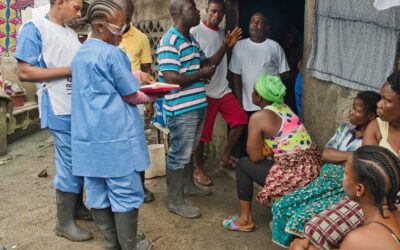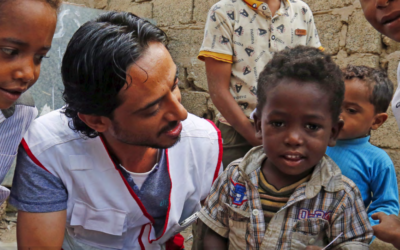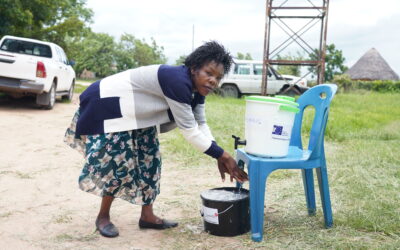Mask wearing is one of the main preventative measures to protect oneself and others against COVID-19. The harshest of the epidemic being hopefully behind us, let’s take a look back at how mask wearing was adopted and whether we can learn any lessons for any new epidemic that could appear. blablabla
TREND
Based on the data we have gathered, the mask wearing trend at global level shows a sharp rise at the beginning of the epidemic from March 20 to June 20, a plateau, and a slow and finally sharp decrease from March 22.
The same pattern can be observed for each region – with different levels – although WCAR, ESAR and MENA show a bit of a drop around end of 2020.
Mask Policy
Global
The most obvious driver to explain the evolution of mask wearing is the mask policy applied in each country.
At a global level there is a good correlation between the level of mask policy and mask wearing – except since March 2022.
By region
Across all regions mask wearing increases with stricter policies. The only exception is Asia where mask wearing is constant (maybe because this has a widespread habit long before COVID-19 there?)
Disaggregations
In terms of gender, women are more likely to report mask wearing.
With regard to age group, mask wearing increases with age – except for the oldest group




